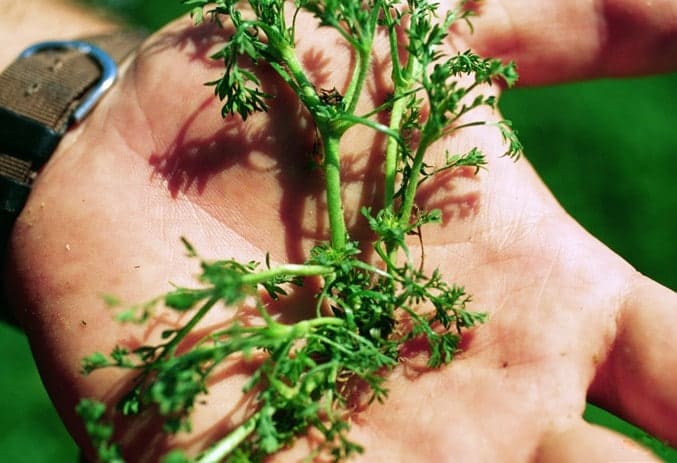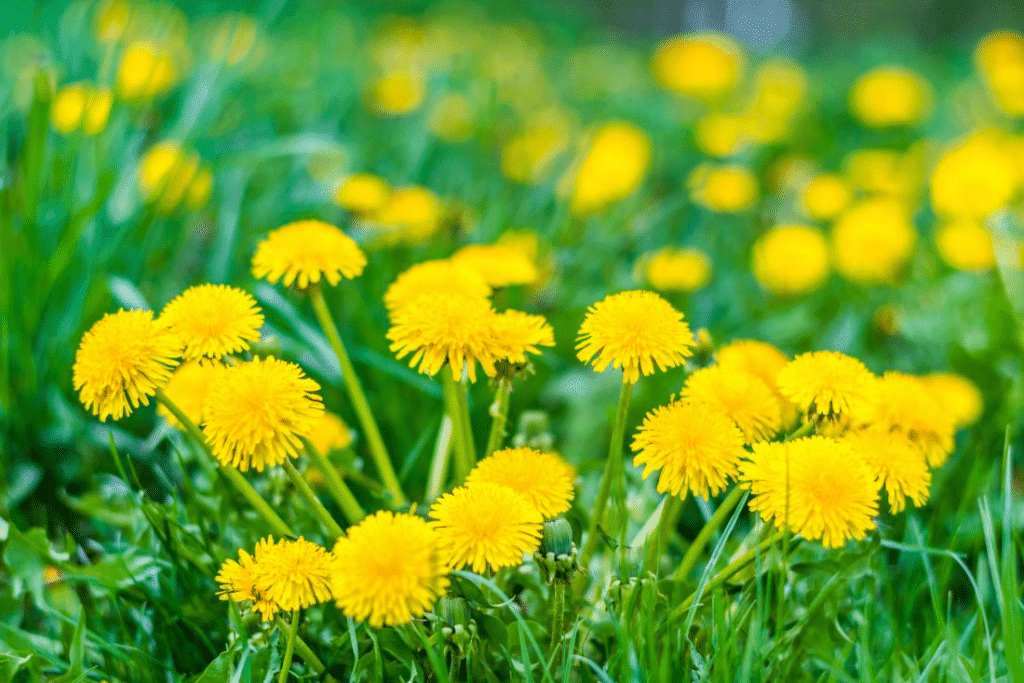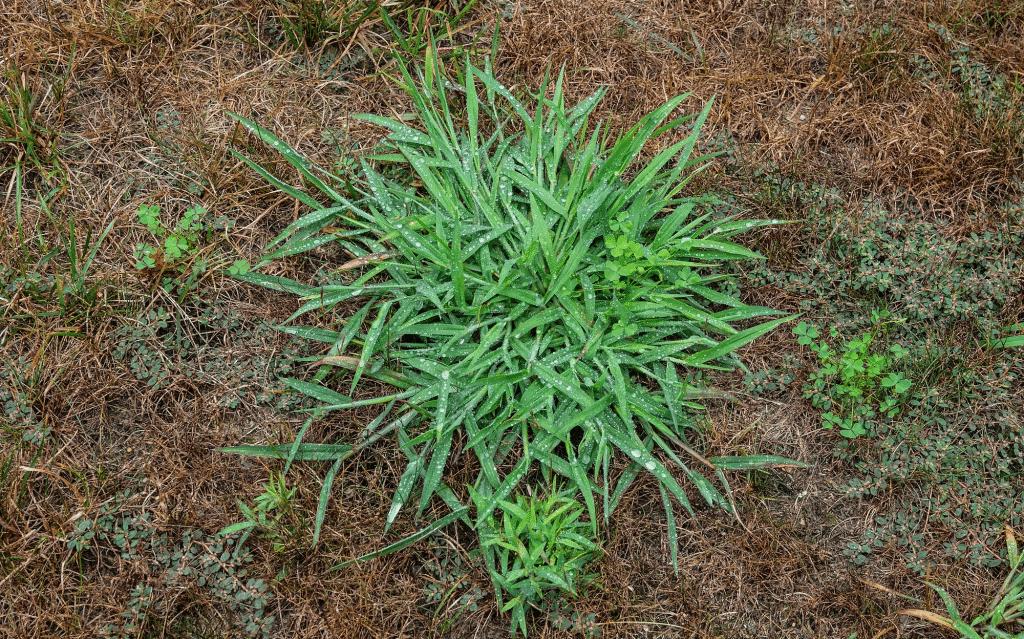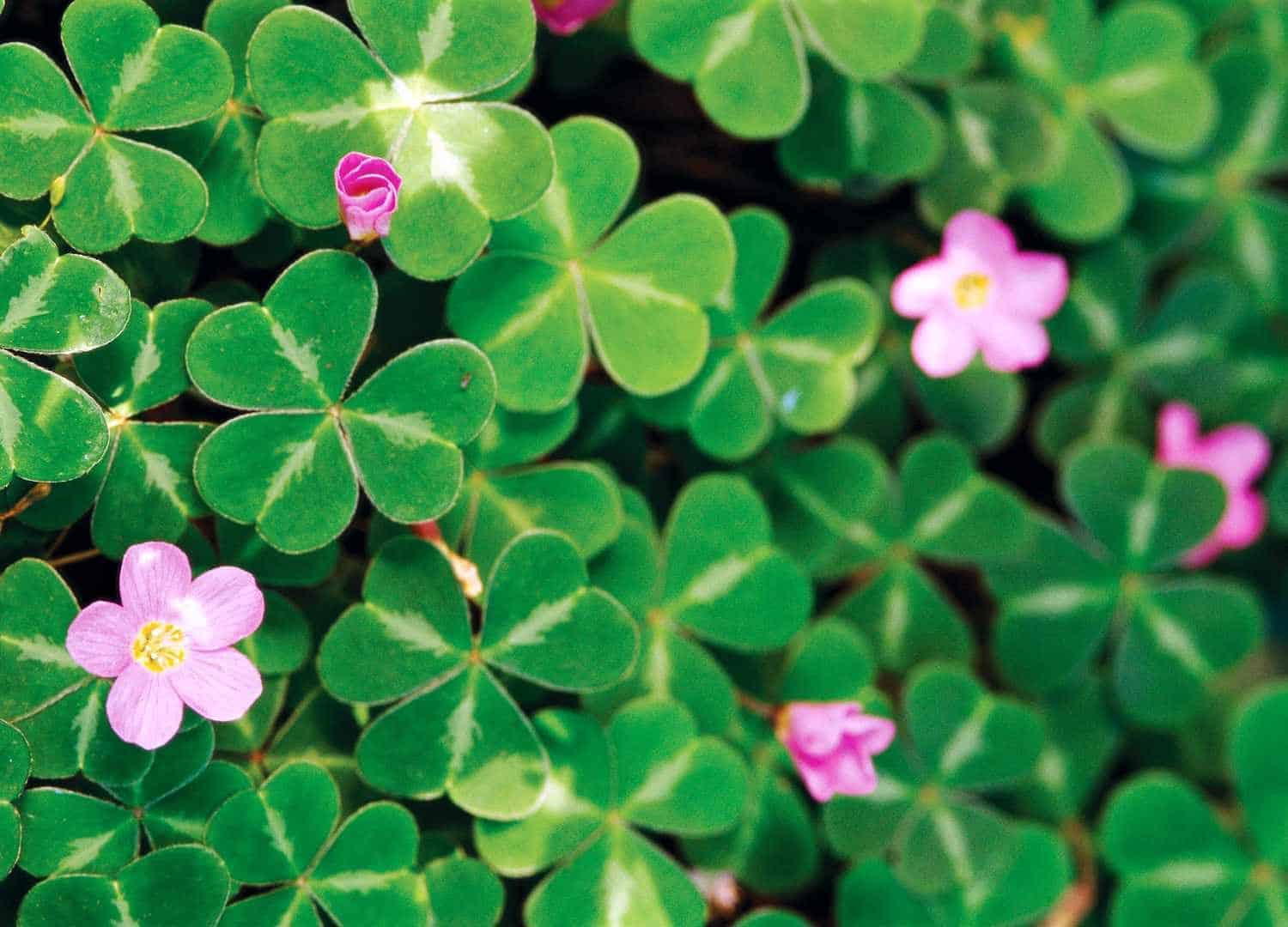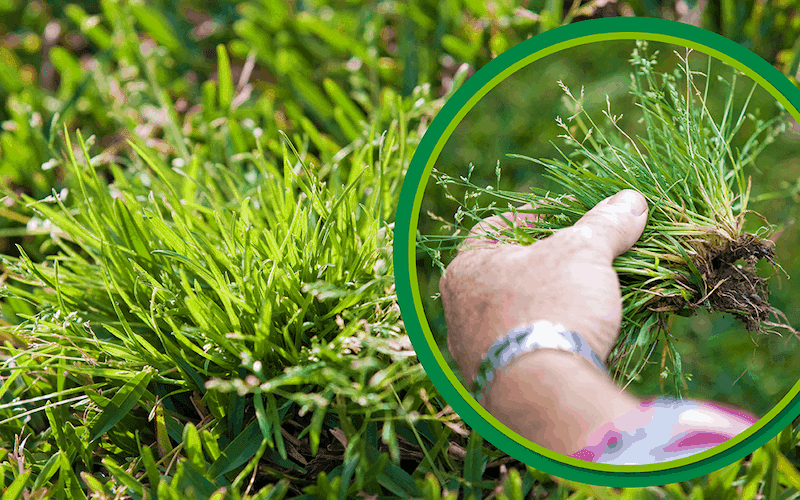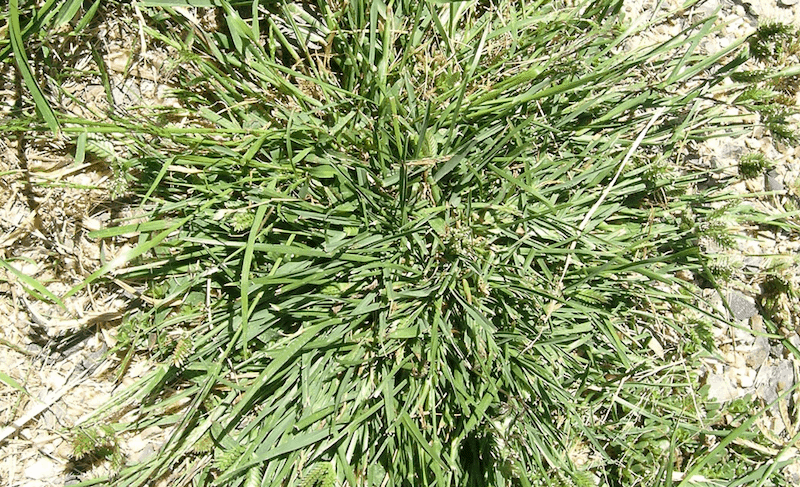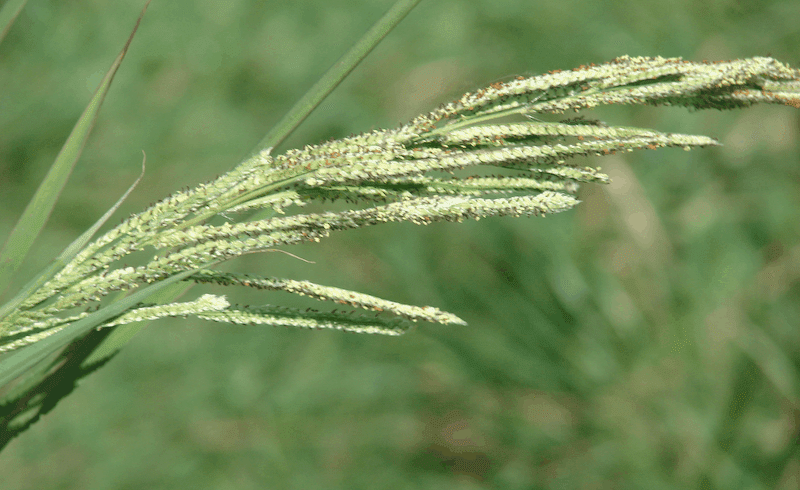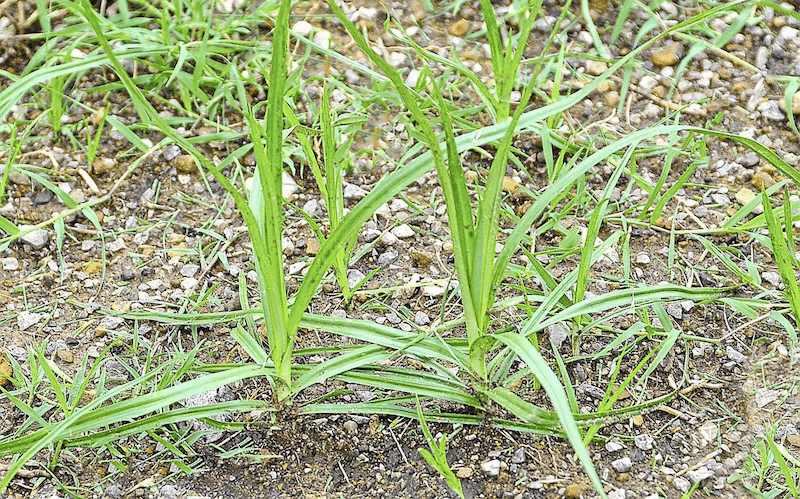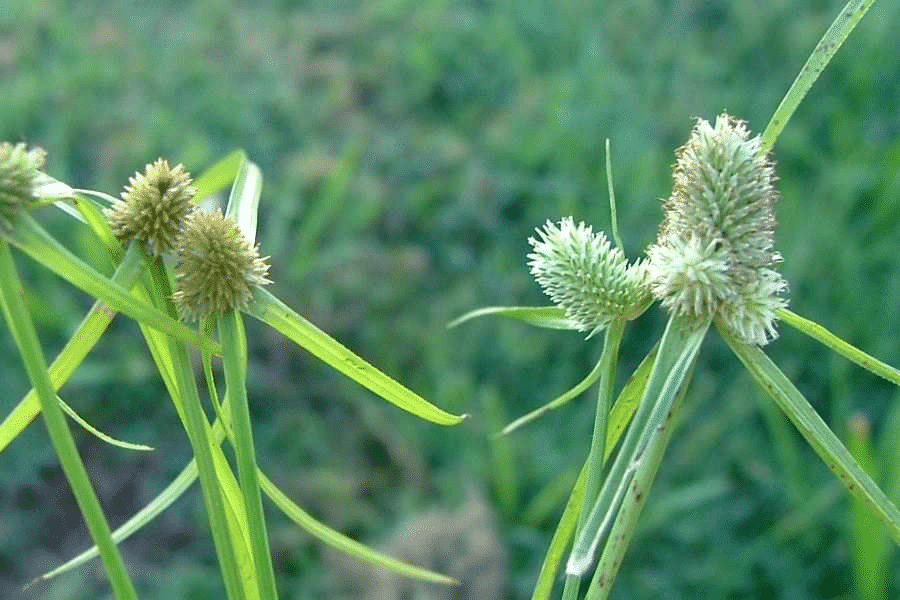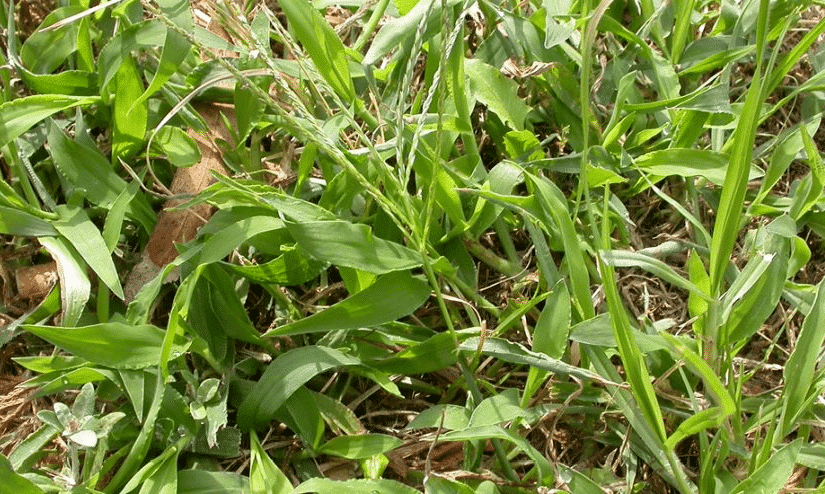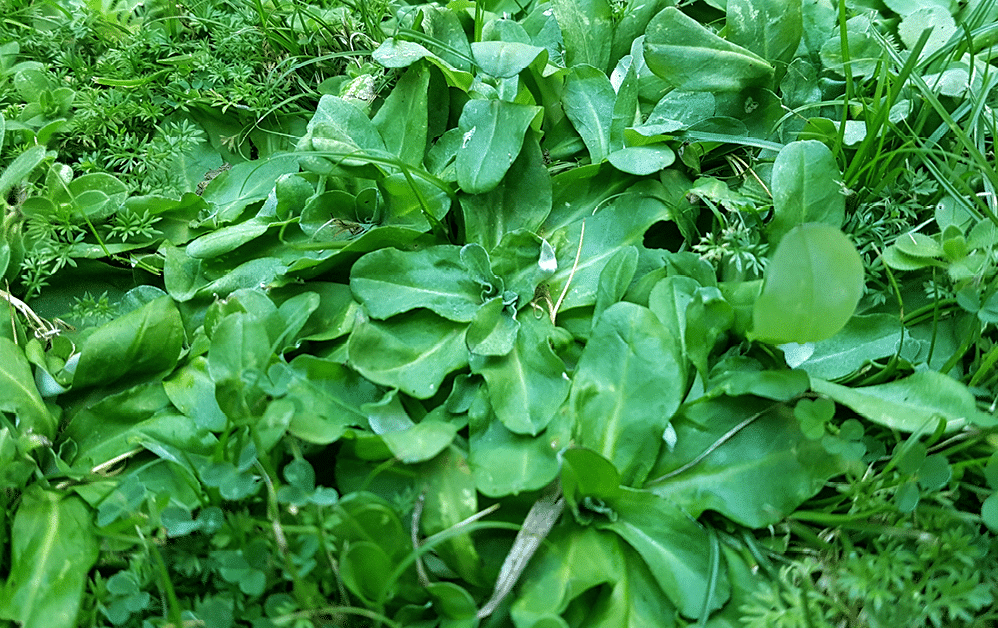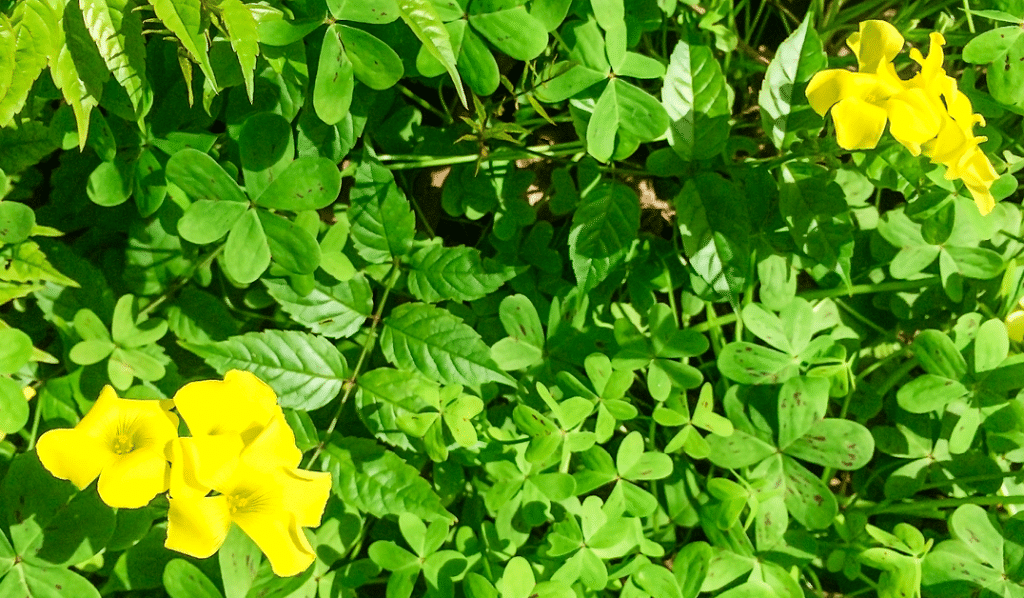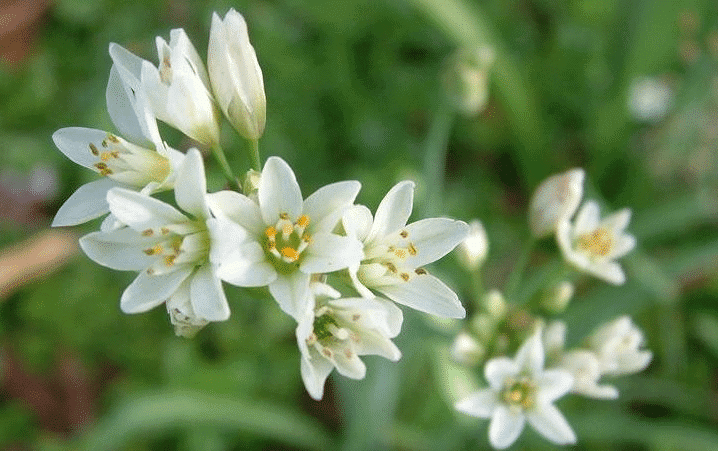
- Categories: LAWN CARE
Lawn Weeds
Weeds are probably the number one enemy of most Australian lawns. Most common lawn weeds have made their way to Australia as uninvited stowaways but some have been deliberately planted, for example, as pasture plants.
Our climate and soil conditions make a wide range of lawn weeds feel right at home.
And when they invade your lawn early action is necessary to remove them. Some of these weeds will not only take over and ruin your beautiful, lush green lawn but can be a right pain in the foot (literally) as well.
Most lawn weeds are seriously good at spreading rapidly through prolific seed dispersal, runners, rhizomes, and rooting stems. And once they are established they can be extremely difficult to eradicate.
Here are 15 common lawn weeds found in Australian lawns and how you can get rid of them.
1. Bindii (also known as Jo-jo, Spurweed or Lawn Burweed)
Identification:
Bindii weed is a low growing broadleaf lawn weed with carrot like leaves fanning out in a rosette fashion.
In spring a single flower appears that then forms a hard seed capsule armoured with three spurs that can be very painful to walk on.
Description:
Bindii weed very quickly colonises your lawn and out competes turf regrowth when your lawn has been damaged by scalping or die back.
The spiny seeds attach themselves readily to passing animals, footwear and clothes where they are then transferred to establish new infestations.
Control:
The best time to eradicate Bindii is in the autumn/ winter using a Bindii targeting herbicide such as Lawn Lovers Buffalo Weed Control.
Small plants can be removed by hand before the roots get to deep.
2. Dandelion
Identification:
Dandelion is easily identified by the yellow daisy-like flower perched on top of the tall sappy stem.
This flower matures into a fluffy ball of seeds that are easily dispersed by the wind. Deeply notched leaves fan out from the flower stem.
Description:
Dandelion is very opportunistic and will quickly infest any bare patches in your lawn.
Dandelion s produce a single very long tap root that makes the weed difficult to remove by hand, especially as any part of the root left behind will quickly form new plants.
Control:
Broadleaf herbicides such as Lawn lover’s Buffalo Lawn Weed control that are safe for lawns are very effective at eradicating Dandelion.
3. Crabgrass
Identification:
The long wide grass like Crabgrass leaves are highly distinctive and feature long wiry seed head stems that resemble crows’ feet. It’s also known as Crowfoot grass.
Description:
Crabgrass grows incredibly rapidly and will easily out-compete most turf varieties if left unchecked.
A single Crabgrass plant produces thousands of seeds and so will spread like wildfire and take over any lawn.
Control:
Prevention is the best cure; a well fertilised lawn kept to the correct height will reduce the ability of Crabgrass to get a foothold in the lawn.
Removing small infestations by hand is effective before the seed heads form.
Oxafert herbicide / fertiliser provides a highly effective pre-emergent control of Crabgrass.
4. Oxalis
Identification:
A small clover-like (leaves are more heart shaped than clover) weed that can be distinguished by its small yellow flowers.
Description:
Oxalis is a perennial weed that is particularly challenging to eradicate due to its ability to spread by root forming stems and the extensive root system and rhizomes that eventually form numerous bulbs.
Control:
Removal by hand is extremely slow and laborious and even a single section of root or bulb left behind can start a new plant.
An herbicide such as Lawn lover’s Buffalo Lawn Weed or a pre-emergent herbicide/ fertiliser such as Oxafert is ideal for eliminating oxalis.
5. Winter grass
Identification:
Winter grass spreads prolifically through the winter and is characterised by long soft drooping bright green leaves.
It produces large amounts of white seed on tall seed heads.
Description:
Winter grass grows in the colder months of the year and it spreads rapidly thanks to its large seed production and its intricate spider web like root system.
The roots will eventually crowd out the root systems of your desired turf varieties.
Control:
Keeping your lawn well fertilised and lush will help prevent winter grass from getting established.
Use a pre-emergent herbicide such as Amgrow’s Winter Grass Killer. Apply this in early May; leaving it any later will render it ineffective.
You may need to repeat the application.
6. Crowsfoot grass
Identification:
Crowsfoot grass is a stubborn weed that can be identified with 5 spiked flowers, resembling a crow’s foot.
Crowsfoot grass will quickly take advantage of any bare patches in your lawn during the warmer months. It also goes by the name Crabgrass.
Description:
Crowsfoot grass is a seasonal weed typically arriving in the warmer weather, often popping up in summer.
The flowers of the crowfoot weed produce and drop many seeds which grow and spread at a rapid rate so rapid control of this weed is essential.
Control:
Oxafert herbicide / fertiliser should be your first choice for pre-emergent control of Crabgrass.
You can also spot spray using Yates Zero but you need to do this before seed heads appear and you also need to be very careful not allow the spray to drift to your good turf.
7. Paspalum
Identification:
Paspalum is a hardy annual grass with tufted leaves. If left to grow undisturbed can reach heights of 1.5 metres.
Its most distinctive feature is the numerous seed heads branching out from tall upright stems.
These usually appear in late summer. The seeds are very sticky and will adhere to foot wear or pets allowing paspalum to spread very quickly.
Description:
Paspalum is long living, very hardy and difficult to control once established.
Control:
Paspalum is very difficult to remove by hand due to its extensive root system.
Sprays containing Glyphosate such as Yates Zero are effective for spot spraying or by cutting weed down to ground level and applying Zero with a brush.
9. Nutgrass
Identification:
Nut grass grows to a height of around 50cm and produces narrow leaves up to 20cms long.
You’ll easily identify Nut grass by the tall triangular stems dominated by reddy-brown multi-branched seed heads.
Description:
Nut grass is a member of the sedge family and can cause havoc in your lawn thanks to its prolific seed production and the extensive rhizome root system.
Control:
You can remove Nut grass by hand if you catch it early enough (before it produces seed heads and rhizomes.
Pre-emergent control can be achieved using sprays containing Halosulfuron methyl such as LSA Sedge Control Herbicide.
9. Mullumbimby Couch
Identification:
Mullumbimby couch is another sedge weed that forms dense mats with bright green grass-like strappy leaves that grow up to 15cms high.
It’s easily identified by the seed heads sitting on top of the tall triangular stems that are so typical of the sedge family.
Description:
Like Nut grass, Mullumbibmy couch will spread rapidly through its extensive runners and prolific seed production.
Control:
Take care to remove all the nut-like rhizomes and roots when digging small infestations out.
You’ll get good results with a pre-emergent spray containing Halosulfuron methyl such as LSA Sedge Control Herbicide.
11. Summer Grass
Identification:
Summer grass sends out broad light green leaves from multiple shoots that spread from its centre.
Multi-branching stems can be brown or light red/ purple in colour.
Description:
Summer grass is another invasive annual weed that really begins to re-establish its presence in spring.
Producing prolific numbers of seeds on top of fine stems it will rapidly colonise any bare patches in your lawn and needs to be dealt with promptly to avoid an all-out invasion.
Control:
The use of lawn-safe pre-emergent sprays such as Oxafert herbicide/ fertiliser will help you get on top of summer grass.
12. Cudweed
Identification:
Cudweed is highly distinctive with its lettuce-like broad, shiny, green glossy leaves extending out in a rosette shape from the centre.
The leaves are lightly furred on the underside and display a strong central vein.
Description:
Cudweed smothers desirable turf plants and outcompetes for nutrients. Its glossy leaves give Cudweed a strong defence against herbicides.
Control:
Lawn Lovers Buffalo Weed Control is ideal for dealing safely with Cudweed infestations.
13. Soursobs
Identification:
Soursobs is distinguished by its clover like leafs and bright yellow flowers.
Description:
This is a really pesky member of the oxalis family and it’s also known as African wood sorrel or Bermuda Buttercup.
Control:
As for oxalis, removal by hand is laborious; make sure you get all the onion-shaped bulbs.
Glyphosate sprays such as Yates Zero are effective for spot spraying but be very careful not to get any on surrounding desirable turf.
14. Chickweed
Identification:
Small shield shaped paired and finely haired leaves distinguish this common lawn weed. It produces delicate white flowers.
Description:
Chickweed is actually edible and considered a useful herb but you don’t want it in your lawn.
Control:
Removal by hand is relatively easy as it doesn’t form deep roots but do this before flowers and seeds form.
Most broadleaf herbicides will eradicate chickweed.
15. Onion weed
Identification:
You’ll recognise onion weed by the strong odour when it’s crushed. Soft strappy green leaves form on a white stem growing from a bulb.
Description:
Onion weed spreads extremely rapidly thanks to the numerous bulbs it produces. The smell makes it a very undesirable weed in any lawn.
Control:
A general-purpose spray such as Yates Zero is effective for spot spraying but be very careful not to get any on surrounding desirable turf.
A weed is an invasive plant that requires some form of action to reduce its effect. Many plants introduced into Australia in the last 200 years are now considered weeds.
Weeds typically produce large numbers of seeds, and this assists them to spread. They are often excellent at surviving and reproducing in disturbed environments.
Weeds can inhabit all environments, from our oceans, deserts and alpine areas, to our towns and cities – including your lawn.
In Australia, weeds are spreading faster than they can be controlled and management of them is consuming an enormous amount of resources. Climate change also poses a challenge to our ability to manage weeds.
Dealing with lawn weeds
Not all varieties of lawn are susceptible to lawn weeds, but all grasses are likely to suffer from weeds at some point during the year.
Sir Walter Buffalo is considered to be weed resistant as the thick nature of the lawn prevents weeds from taking hold.
However, even Sir Walter will acquire weeds at some point in time, and this needs to be tackled immediately.
It is a fact of life that if we have a lawn and garden we will have to deal with weeds from time to time.
The trick is to control weeds early rather than let them get out of control and set seed all over your yard – this is bad news. Some single plants can produce up to 10,000 seeds, meaning the weed will spread very quickly, and thickly!
It’s important that if you see weeds starting to appear on your lawn that you act to remove them before they become a problem.
Young weeds are less likely to have germinated and started to spread their seeds, so that’s the time to remove them. Left untreated, your lawn could become more weeds than grass.
Hand removal is always the best way to remove weeds, if possible. Mowing regularly can also stop weeds from setting seed. Most problem weeds grow and take over lawns during the winter season.
There’s something about Sir Walter…
Sir Walter Buffalo is lush and green, with a tight growth habit to hold out most weeds. Unlike other lawn varieties, the low maintenance Sir Walter lawn is weed resistant.
Sir Walter Buffalo was bred to be tough yet strong, and gives your lawn a luxurious and verdant look that other varieties don’t.
However, Sir Walter is not weed-proof, and it is important to act immediately when you see a weed. Hand removal should be enough to conquer the rare weed in the Sir Walter Buffalo, if you act immediately.
Weed Treatment
By keeping your lawn fed, watered and healthy you will not have many problems with weeds. However, when weeds do creep in, it is important to control them early rather than letting them get out of control by setting seed and spreading.
Hand removal is often the best way to remove weeds, however sometimes a herbicide is required.
We offer a range of herbicide products in our online shop.
For more information about lawn weeds contact our friendly staff on 1800 806 304 or email sales@grechsturf.com.au. We would be delighted to guide you through your lawn issues and help you to achieve a weed-free lawn you will love.

